Year 2
The English curriculum is built around the three interrelated strands of language, literature and literacy. Teaching and learning programs should balance and integrate all three strands. Together, the strands focus on developing students' knowledge, understanding and skills in listening, reading, viewing, speaking, writing and creating. Learning in English builds on concepts, skills and processes developed in earlier years, and teachers will revisit and strengthen these as needed.
In Year 2, students communicate with peers, teachers, students from other classes and community members.
Students engage with a variety of texts for enjoyment. They listen to, read, view and interpret spoken, written and multimodal texts in which the primary purpose is to entertain, as well as texts designed to inform and persuade. These encompass traditional oral texts, picture books, various types of print and digital stories, simple chapter books, rhyming verse, poetry, non-fiction, film, multimodal texts, dramatic performances and texts used by students as models for constructing their own work.
The range of literary texts for Foundation to Year 10 comprises Australian literature, including the oral narrative traditions of Aboriginal and Torres Strait Islander Peoples, as well as the contemporary literature of these two cultural groups, and classic and contemporary world literature, including texts from and about Asia.
Literary texts that support and extend Year 2 students as independent readers involve sequences of events that span several pages and present unusual happenings within a framework of familiar experiences. Informative texts present new content about topics of interest and topics being studied in other areas of the curriculum. These texts include language features such as varied sentence structures, some unfamiliar vocabulary, a significant number of high-frequency sight words and words that need to be decoded phonically, and a range of punctuation conventions, as well as illustrations and diagrams that support and extend the printed text.
Students create a range of imaginative, informative and persuasive texts including imaginative retellings, reports, performances, poetry and expositions.
(source: www.australiancurriculum.edu.au)
Achievement Standard
Receptive modes (listening, reading and viewing)
By the end of Year 2, students understand how similar texts share characteristics by identifying text structures and language features used to describe characters and events, or to communicate factual information.
They read texts that contain varied sentence structures, some unfamiliar vocabulary, a significant number of high-frequency sight words and images that provide extra information. They monitor meaning and self-correct using knowledge of phonics, syntax, punctuation, semantics and context. They use knowledge of a wide variety of letter-sound relationships to read words of one or more syllables with fluency. They identify literal and implied meaning, main ideas and supporting detail. Students make connections between texts by comparing content. They listen for particular purposes. They listen for and manipulate sound combinations and rhythmic sound patterns.
Productive modes (speaking, writing and creating)
When discussing their ideas and experiences, students use everyday language features and topic-specific vocabulary. They explain their preferences for aspects of texts using other texts as comparisons. They create texts that show how images support the meaning of the text.
Students create texts, drawing on their own experiences, their imagination and information they have learnt. They use a variety of strategies to engage in group and class discussions and make presentations. They accurately spell words with regular spelling patterns and spell words with less common long vowel patterns. They use punctuation accurately, and write words and sentences legibly using unjoined upper- and lower-case letters.
(source: www.australiancurriculum.edu.au)
- Plus Plan
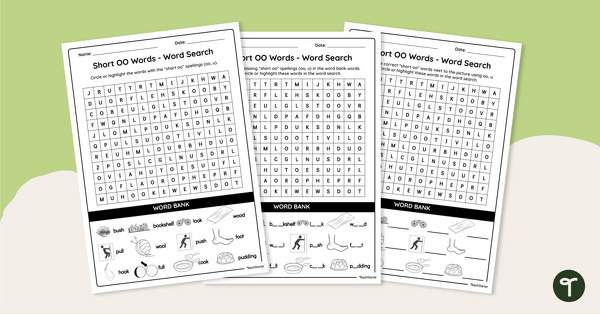
Short OO Words - Word Search
Explore words containing some of the most common ‘short oo’ graphemes with this set of differentiated word searches.
- Free Plan
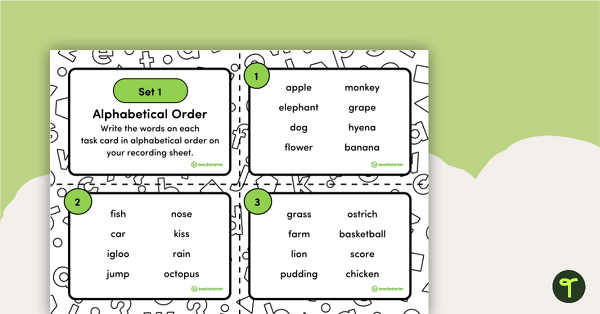
Alphabetical Order Task Cards – Set 1
A set of 11 task cards alphabetising a series of words to the first letter.
- Free Plan
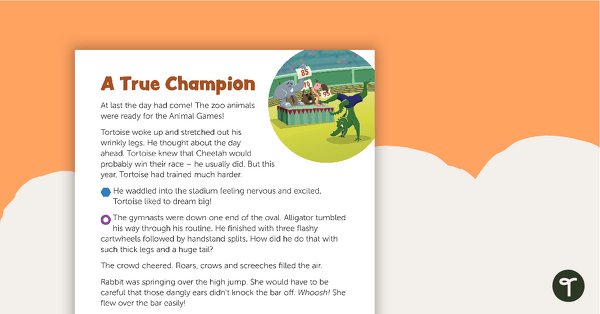
A True Champion – Worksheet
A comprehension worksheet for a narrative from the Year 2 magazine (Issue 2).
- Plus Plan
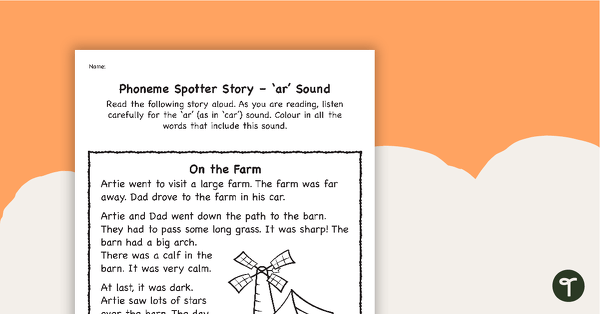
Phoneme Spotter Story – 'ar' Sound
A decodable text featuring various graphemes that make the 'ar' sound.
- Plus Plan
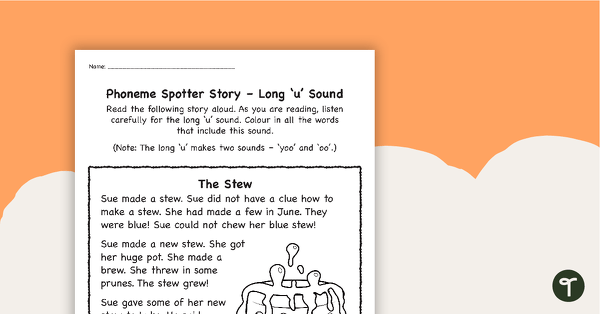
Phoneme Spotter Story – Long 'u' Sound
A decodable text featuring various graphemes that make the long 'u' sound.
- Free Plan

Label These Sentences! – Worksheet
A worksheet that requires students to label the parts of speech in sentences.
- Plus Plan
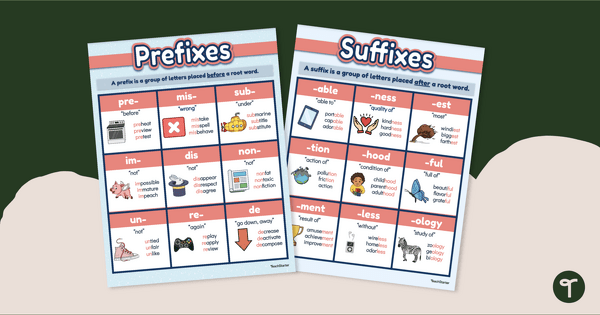
Prefixes and Suffixes Posters
Increase vocabulary skills with anchor charts about common prefixes and suffixes.
- Plus Plan
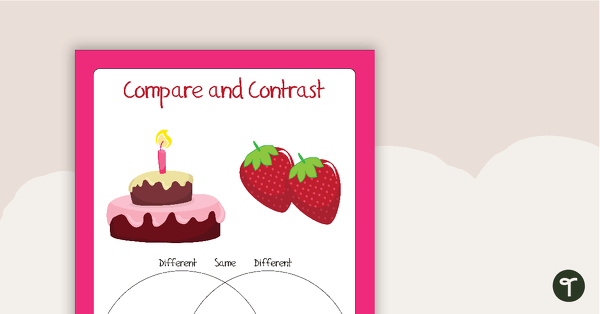
Compare and Contrast - Objects Worksheets
A pack of 5 worksheets comparing and contrasting pictures of similar objects.
- Plus Plan
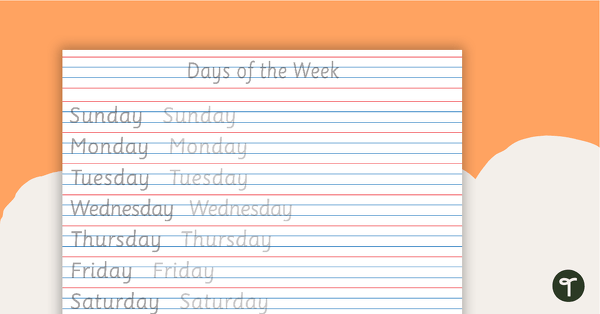
Handwriting Sheet - Days of the Week
A handwriting sheets for the days of the week.
- Plus Plan
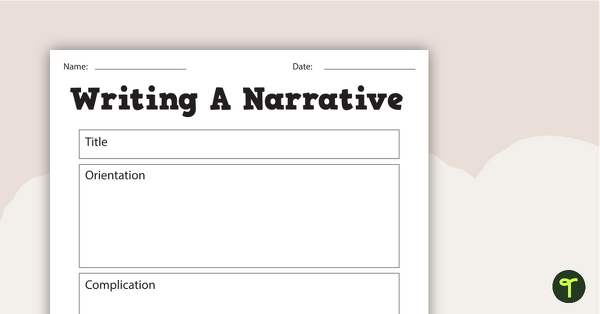
Fairy Tales Narrative Writing Pack
A fairy tale themed narrative writing teaching pack containing 8 worksheets and posters.
- Plus Plan
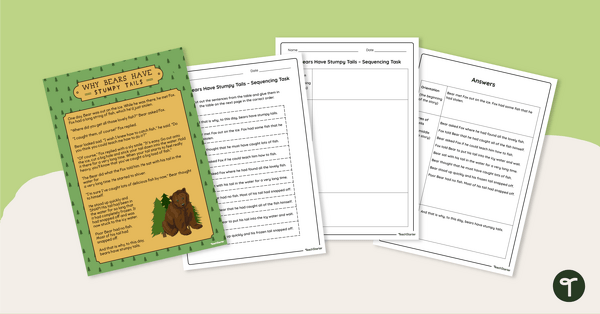
Why Bears Have Stumpy Tails – Sequencing Worksheet
Identify the story beginning, series of events and ending with this narrative text sequencing activity.
- Plus Plan
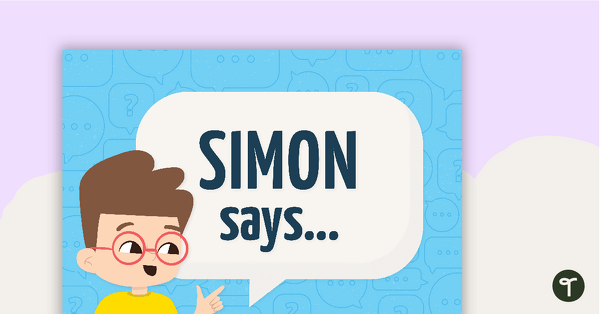
"Simon Says" Instruction Cards
A set of 24 instruction cards to use when playing "Simon Says".
- Plus Plan
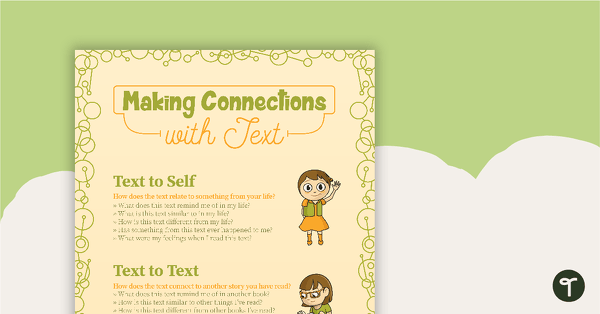
Making Connections with Text Poster
A poster showing the concepts of text to self, text to text and text to world.
- Plus Plan
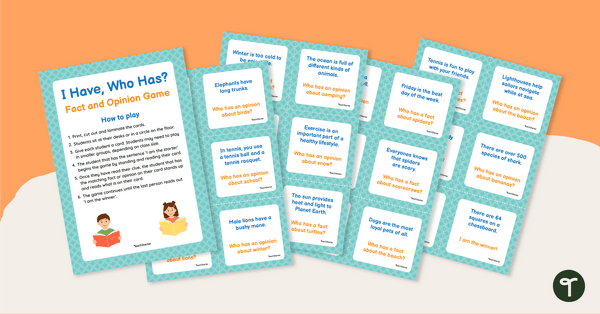
I Have, Who Has? Fact and Opinion Game
A whole class game to help students understand the difference between a fact and an opinion.
- Plus Plan
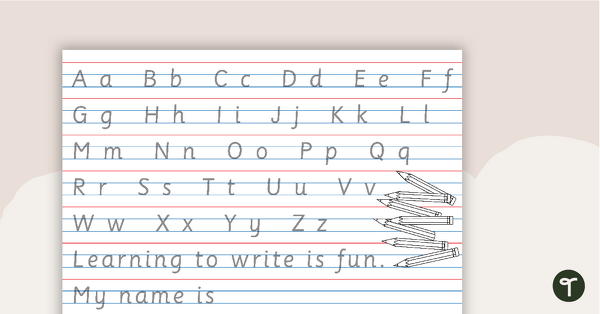
Alphabet Handwriting Sheet - 1 Page
Handwriting sheets with the alphabet and some words for students to trace.
- Plus Plan
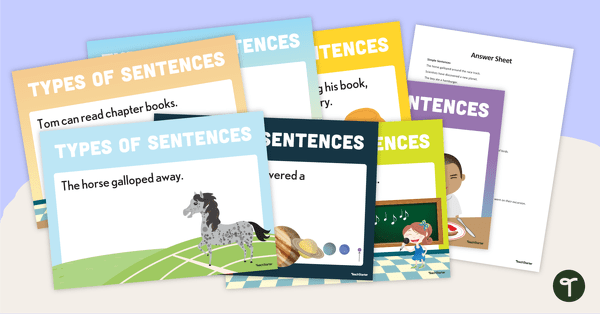
Simple, Compound and Complex Sentences Flashcards
Use this set of 16 colourful flashcards to introduce students to the attributes that make up simple, compound and complex sentences.
- Plus Plan
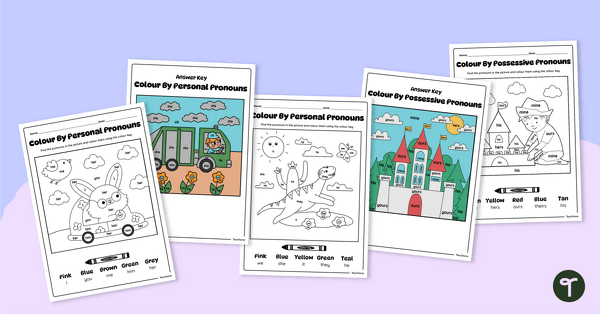
Colour by Pronouns Worksheet Pack
Use this set of colour-by-pronouns worksheets to help your students learn these important parts of speech.
- Plus Plan
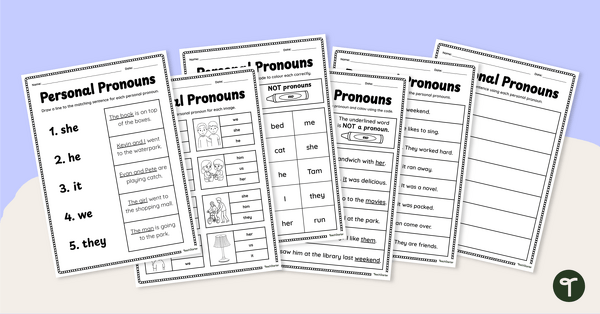
Personal Pronouns Worksheet Pack
Use these personal pronouns worksheets to get your students identifying and using these essential parts of speech.
- Plus Plan
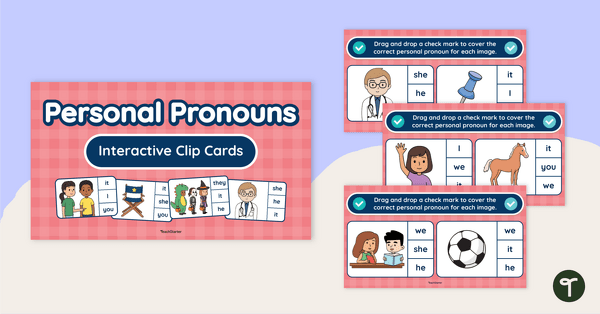
Personal Pronouns Interactive Peg Cards
Do some pronouns practice with your students using this set of 24 digital peg cards.
- Plus Plan

A or An? - Worksheets
Teach when to use A or An as an article with a printable pack of 'A or An' Worksheets.
- Plus Plan
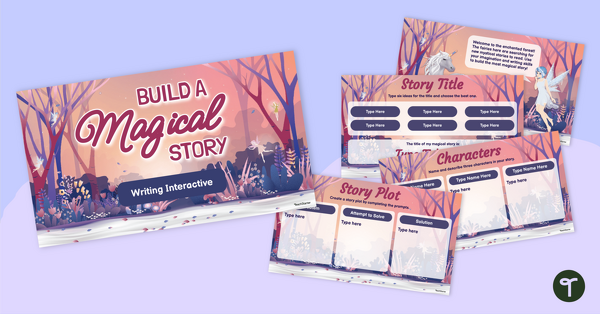
Build a Magical Story Interactive Activity
Use this “Build a Magical Story” narrative writing interactive activity to model the purpose, structural elements and language features of narrative texts.
- Plus Plan
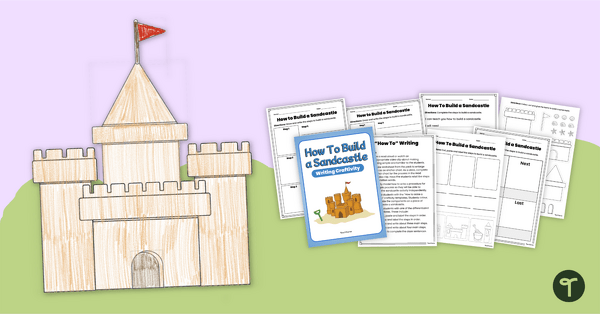
How to Build a Sandcastle – Procedural Writing Craftivity
Use this engaging, hands-on sandcastle craft activity to teach your students all they need to know about procedural writing!
- Plus Plan
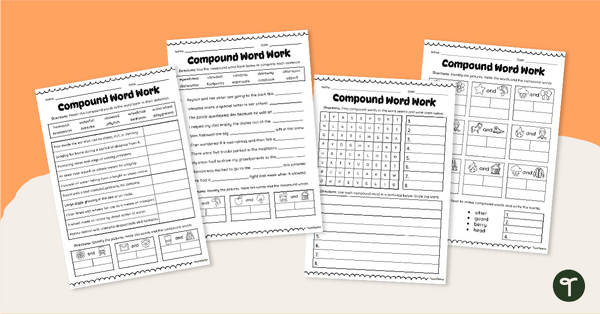
Compound Word Worksheets - Upper Years
Boost your students' vocabulary knowledge with printable Compound Word Worksheets for upper years.
- Plus Plan
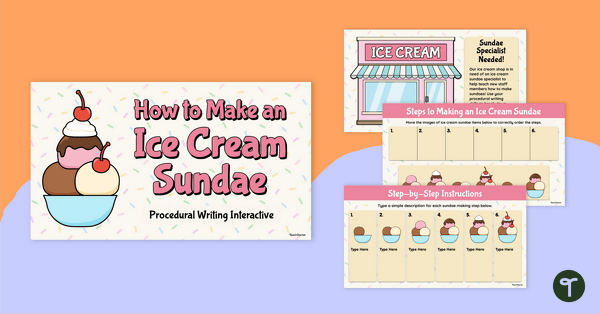
How to Make an Ice Cream Sundae Interactive Activity
Use this “How to Make an Ice Cream Sundae” procedural writing interactive activity to model the purpose, structural elements and language features of procedure texts.
- Plus Plan
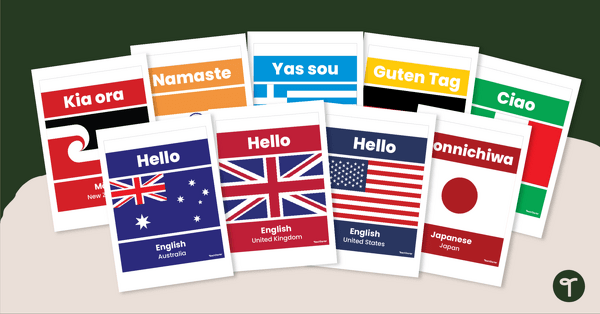
Hello From Around the World Bunting
Decorate your classroom with this set of bunting that displays different ways to say hello around the world.
- Plus Plan
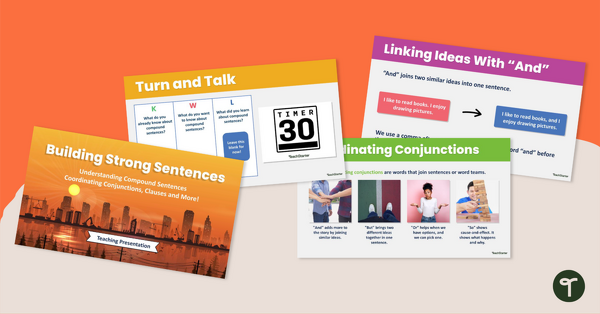
Building Strong Sentences Teaching Presentation
Share this 15-slide teaching presentation with your students to help them understand the key grammar concepts of compound sentences,coordinating conjunctions and clauses.
- Free Plan
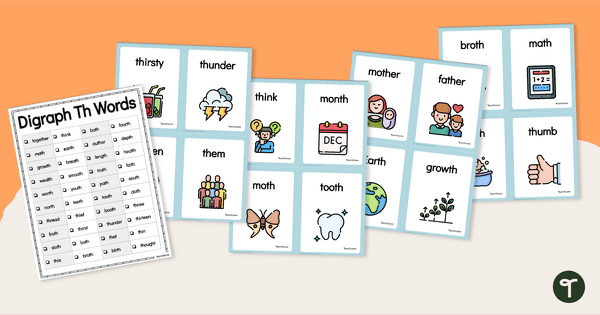
Th Word List and Flash Cards
Practice reading and spelling words with the Digraph TH with a list of 50 words and accompanying illustrated flash cards.
- Plus Plan
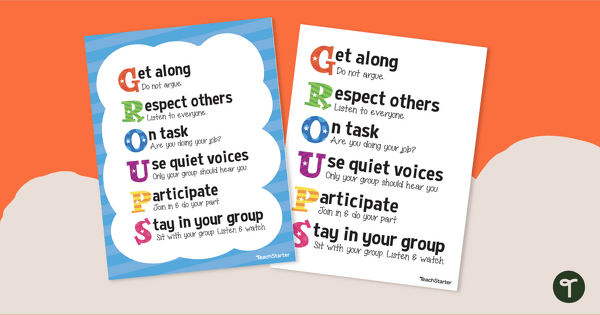
G.R.O.U.P.S - Group Work Expectations Poster
Encourage cooperative behaviour during group work activities with a printable group work mnemonic poster.
- Free Plan
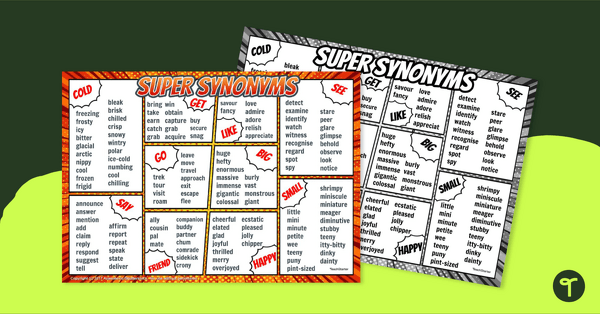
Super Synonyms List
Boost your students’ vocabularies with a synonyms list to reference in their daily writing lessons.
- Plus Plan
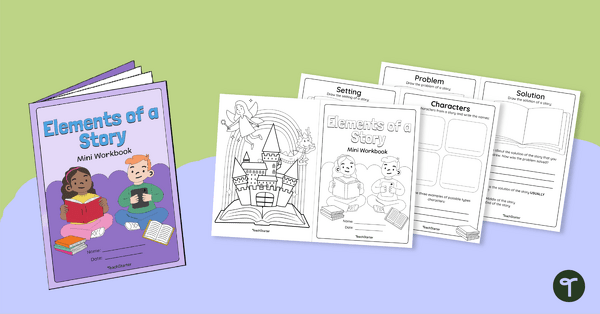
Elements of a Story Activity Workbook
Explore the different elements of a narrative story with this student mini workbook.
- Plus Plan
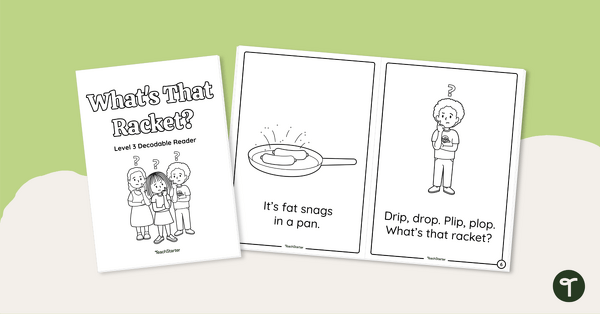
What's That Racket? - Decodable Reader (Level 3)
Develop confident, successful readers with this phonics-based, printable decodable book.
- Plus Plan
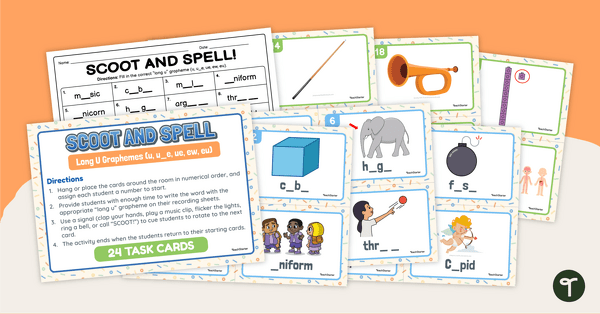
Long U Graphemes - SCOOT! Task Cards
Explore words containing graphemes that make the ‘long u’ sound with this active classroom game that will get your students moving!